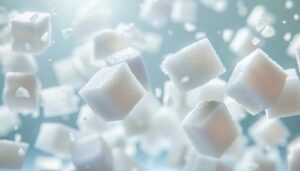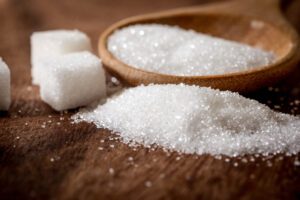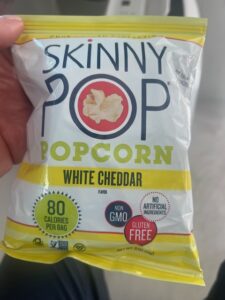Probiotics, Good For Your Health, And Fight Over 170 Ailments
September 18, 2013
 400
400 
(Part 2 of 3 part series)
In the first article of this 3 part probiotics series, we introduced the idea of probiotics as a way to balance the hundreds of types of bacteria that naturally exist within your body. In this piece we will cover the different ways to consume probiotics, introduce prebiotics, and delve deeper into the countless benefits that come with proper levels of beneficial bacteria.
Probiotics and Prebiotics
There are two main ways to ingest probiotics: through food and through supplements. Many different foods contain probiotics, and humans have been eating them for centuries. Some of the most common foods include yogurt, cheese, and milk that has been infused with probiotics.
Most foods that contain live cultures and microorganisms are beneficial. Sauerkraut is made by fermenting finely cut cabbage in several types of beneficial bacteria including Lactobacillus, Leuconostoc, and Pediococcus. Kombucha tea, miso soup, and pickles all contain probiotics as well. This one is for those with a sweet tooth: in addition to being a great source for antioxidants, dark chocolate also contains probiotics.
So what do these tiny bacteria live off of? To feed beneficial bacteria and support its growth, your body needs to consume prebiotics. Basically, prebiotics are carbohydrates your body has a harder time digesting, but which serve as food for probiotics. Bananas, garlic, artichokes, honey, and whole grains are all great sources of energy for beneficial bacteria.
Probiotic supplements can come in many forms as well. Some food brands, such as Activia, contain patented microflora (bifidus regularis in Activia’s case) that are designed to provide your digestive system even more benefits. Most commercial yogurts, however, are useless, and cause more harm than good. The pasteurization process depletes the ingredients of the majority of their benefits. Added sugars, high fructose corn syrup, sweeteners, and artificial colors are harmful and can be devastating to your health. Sugars actually nourish the bad bacterias and fungi in your gut. Yogurts made from raw, organic milk are your best source of probiotics – but not an easy one to find!
Great sources of probiotics are naturally fermented foods:
Your body’s beneficial bacteria is under constant attack. Doctor prescribed antibiotics assault your good bacteria, as well as the ‘bad bacteria’ it was prescribed to battle. Antibiotics are also ingested when you eat non-organic chicken, milk, meats, etc. Chlorinated water, sugar (in any form), antibacterial soaps, a poor diet, and even the byproducts of stress also add to your bacteria ‘imbalance’.
So, if you are not eating probiotic rich foods regularly, I strongly suggest a probiotic/prebiotic supplement. The health benefits are endless. My patients, friends, and family realize amazing health benefits immediately following a diet change that includes foods that are rich with probiotics and prebiotics – or they start on a supplement regimen.
Health Benefits Associated with Probiotics
If you are indeed suffering from an imbalance in probiotics, you might end up feeling nauseous, bloated, constipated, gassy, and/or fatigued. Headaches and cravings for sweet foods are also common side effects. There is another way to tell if your body is being affected by low probiotic levels – through an altered state of mind, as you will see in the third piece.
As we’ve mentioned, probiotic supplementation can be used to treat more than 170 diseases and ailments. Here is just a small sampling of how you can benefit from an increase in aptly-named beneficial bacteria, and help treat:
Surprisingly, probiotics can do even more than treat diseases and ailments like the ones listed above. The benefits extend beyond physical problems and into your mind. Continue on to the next section to find out how these microorganisms are affecting your mood and immune system.


A high sugar diet can deplete your body of several important nutrients. Based on the research, here are the key nutrients that are often depleted by excessive sugar consumption: B Vitamins: Particularly vitamin B1 (thiamine), as well as B3, B5, and B6. These vitamins are essential for glucose metabolism Vitamin C: High glucose intake can […]


Sugar consumption has been linked to various chronic diseases, including cancer, inflammatory diseases, and other health conditions. Here’s an overview of the connections: Cancer While sugar does not directly cause cancer, excessive sugar intake may increase cancer risk through several mechanisms: Obesity: High sugar consumption can lead to weight gain and obesity, which is a […]


When you look at the packaging of Skinny Pop, you will see 80 calories per bag, Non-GMO, No Artificial Ingredients, Gluten Free On the surface, you would think that it is a very healthy alternative…so let’s break down the ingredients: Popcorn Popcorn is a whole grain derived from corn kernels. It’s a healthy ingredient that […]